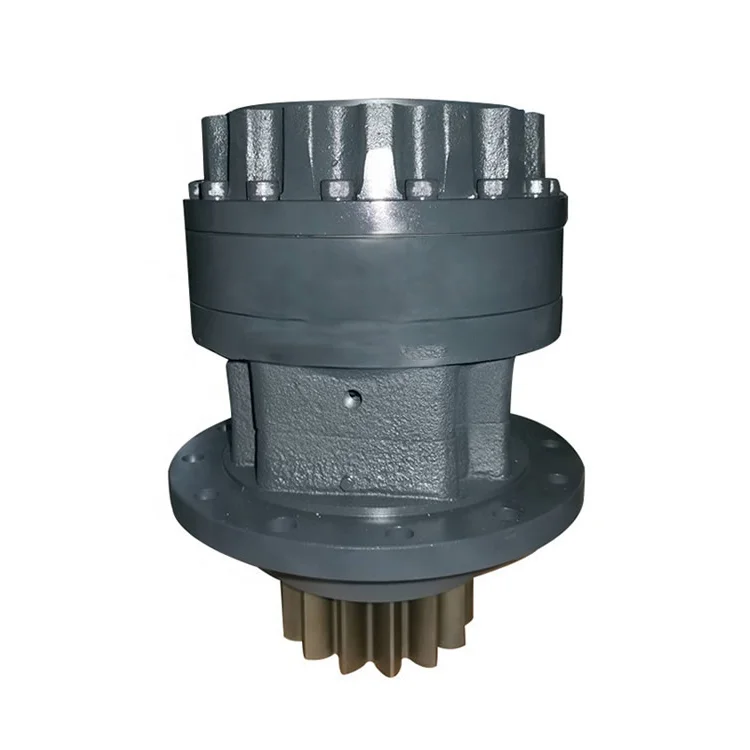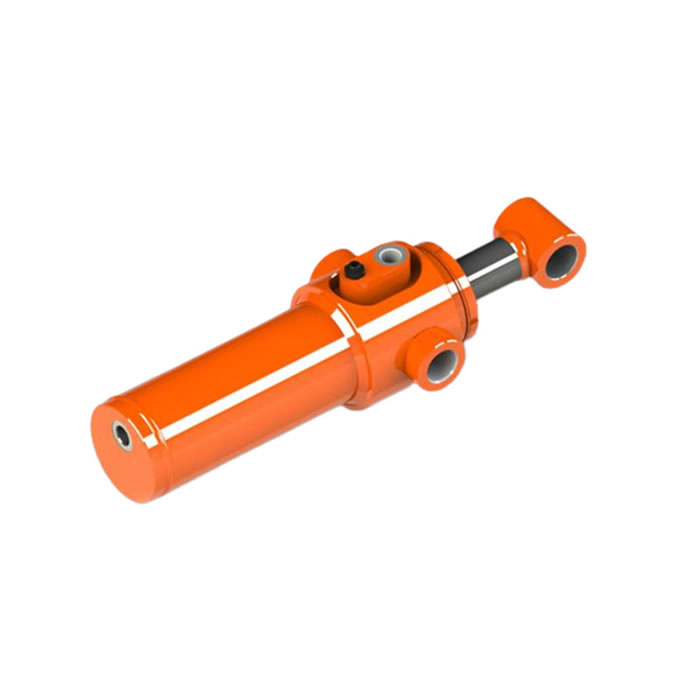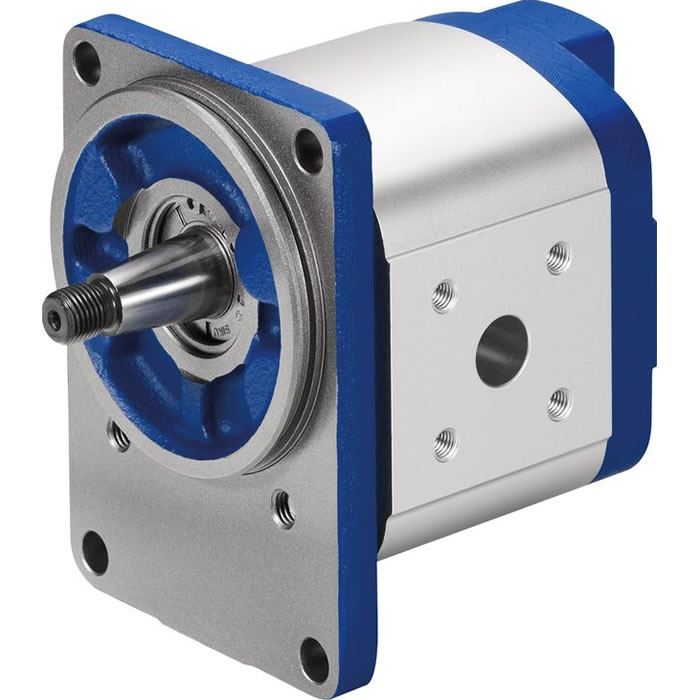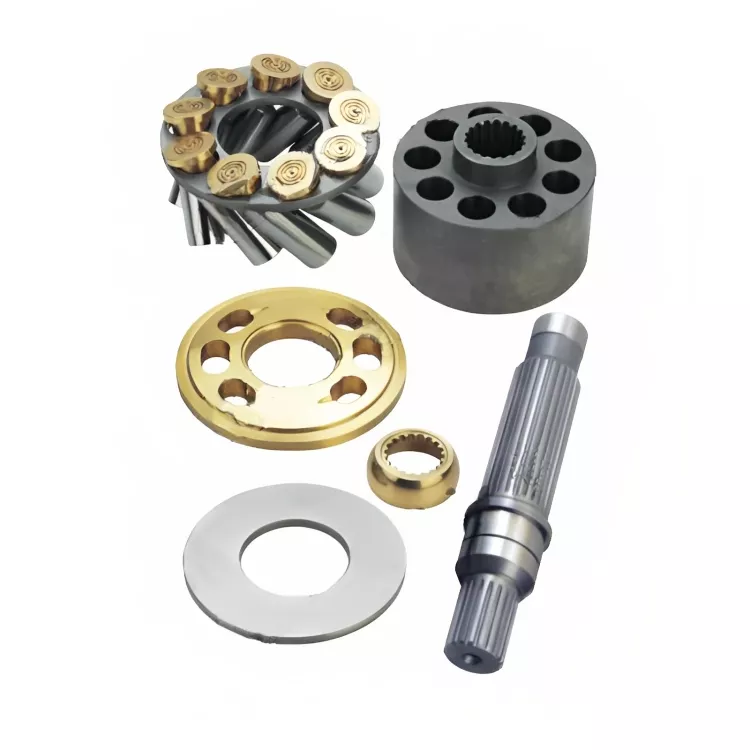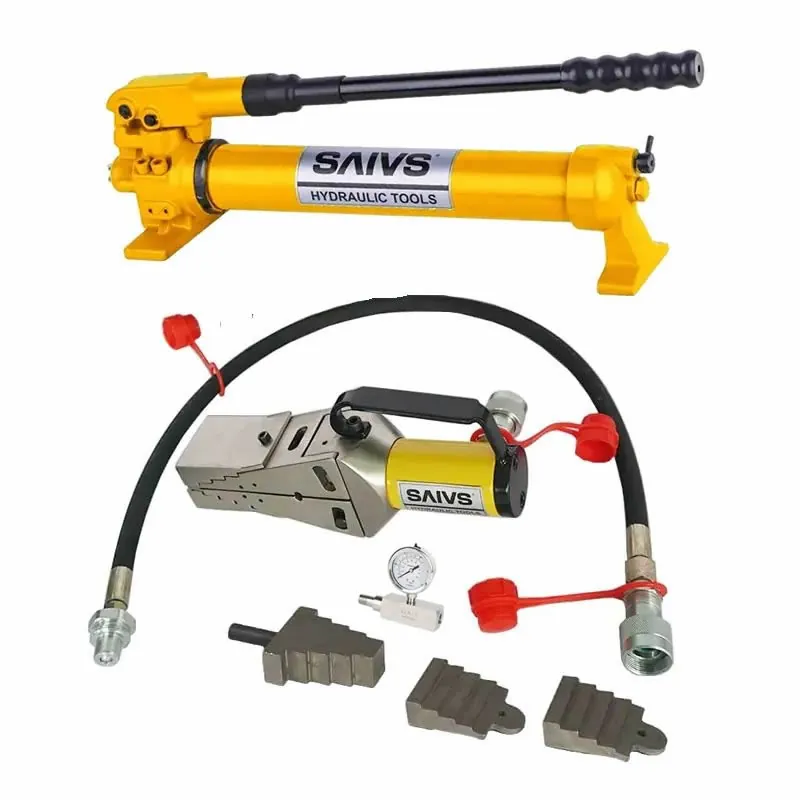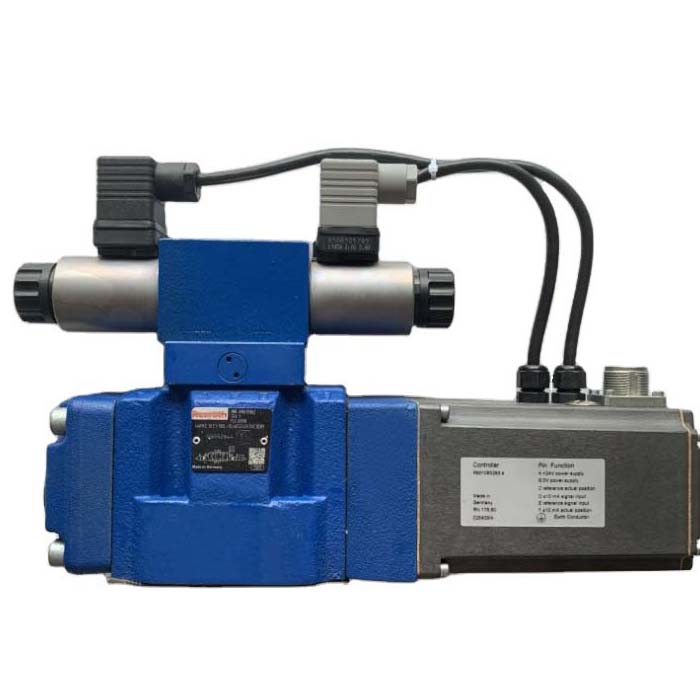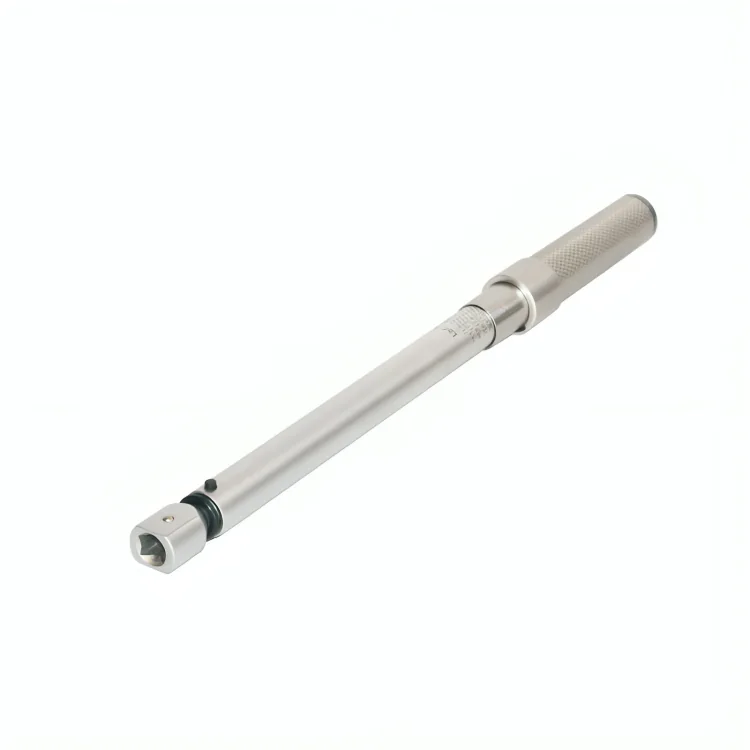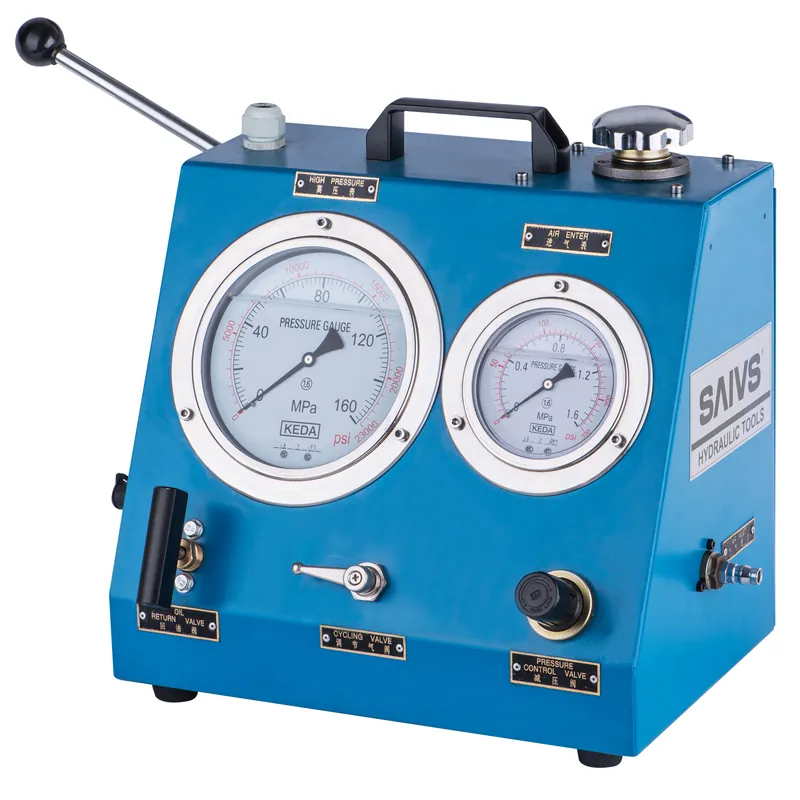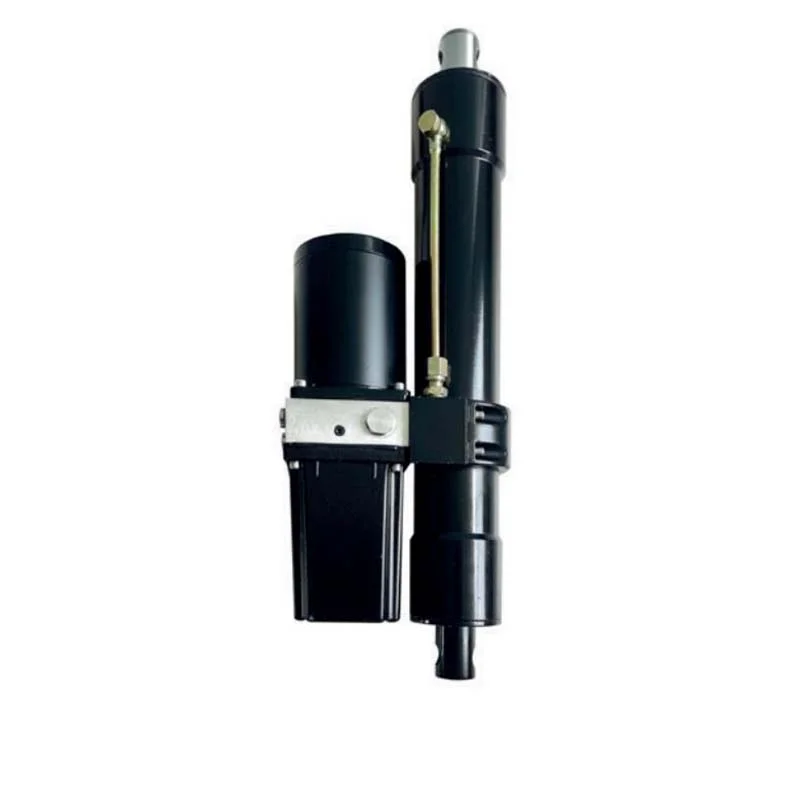Signs of Planetary Gear System Replacement
The gears in your planetary hub are transmitting an incredible amount of force, torque, and power.
Just the forces that occur where the gear teeth mesh are extremely high, and normal wear and tear is to be expected.
If you open up your gear hub, here are the signs of wear to be on the look out for:
Visual Signs of Planetary Gear Wear
Worn Gear Teeth that Look More Pointed than Squared
Worn gear teeth that appear more pointed than squared are often indicative of abrasive wear. This type of wear occurs
when foreign particles, such as dirt or debris, enter the gear mesh and cause friction against the tooth surfaces.
Over time, this abrasive action wears down the gear teeth, resulting in a more pointed appearance.
Bent Gear Teeth
Bent gear teeth occur when excessive forces are applied to the gears, causing them to deform or bend out of their original shape.
This can happen due to overloading beyond the gear's design capacity or as a result of sudden impact or shock loads during operation.
Cracking (Starting at the Root of Gear Teeth where Stress is Highest)
Cracking in gears typically initiates at high-stress areas such as the root of gear teeth. The root area experiences
significant stress concentrations due to load distribution along with geometric factors like tooth profile and material properties.
Cracks can develop due to various factors such as overloading, fatigue from cyclic loading, material defects, inadequate heat
treatment processes during manufacturing, or insufficient design considerations for stress distribution.
Surface Damage (Pits, Scuffing, Polished Areas)
Surface damage on gear teeth can manifest in different forms such as pits,dents,gouges/scuffing marks,and polished areas
compared to their surroundings.Surface damage often occurs due to various factors including insufficient lubrication,
presence of contaminants,inadequate surface hardness,wrong material selection,poor contact patterns,and misalignment.
Other Signs of a Worn Out Gear Hub
You can't always open up your planetary hub when you suspect there are problems within. However, one of the symptoms
you can pick up on are abnormal sounds and vibrations. While it's certainly true that your final drives are noisy and can vibrate,
focus on the word abnormal. When new sounds or rattles develop, that is usually a sign that something within your drive has changed.
1. Misalignment: Misalignment between gears or improper meshing can result in unusual noises and vibrations.
This misalignment may occur due to wear, improper assembly, or damage to components.
2. Gear Wear: Over time, gear teeth may wear down due to normal usage or inadequate lubrication. As the gear teeth
lose their original shape and precision, they may produce abnormal sounds and vibrations during operation.
3. Bearing Problems: Faulty or worn-out bearings within the planetary gearbox can cause noise and vibration issues.
Insufficient lubrication, contamination, or excessive loads can contribute to bearing failure.
4. Gear Damage: Damage to gear teeth such as chipping, cracking, or pitting can lead to
irregular motion transmission and generate abnormal noises and vibrations.

